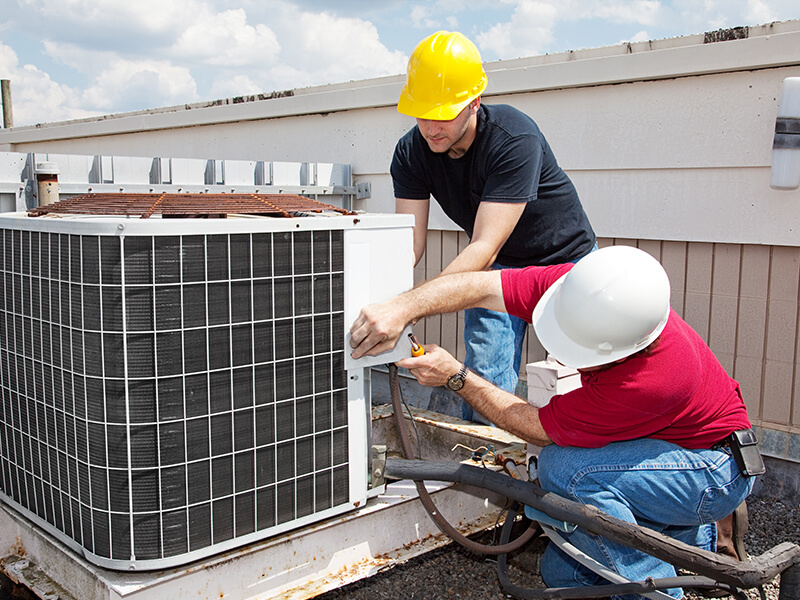The Future of HVAC: Revolutionizing Comfort and Sustainability

Introduction (words: 69) The field of HVAC (Heating, Ventilation, and Air Conditioning) is undergoing a transformative phase, driven by technological advancements and a growing emphasis on sustainability. As the world grapples with climate change, HVAC systems are playing a crucial role in ensuring indoor comfort while minimizing environmental impact. In this article, we will explore the latest trends and innovations shaping the future of HVAC, revolutionizing the way we heat, cool, and ventilate our buildings.
- Smart HVAC Systems (words: 92) One of the key developments in HVAC is the integration of smart technology. Smart HVAC systems utilize sensors and algorithms to optimize energy consumption based on occupancy, outdoor conditions, and individual preferences. These systems can learn user habits, automatically adjusting temperature and airflow to maximize comfort and minimize wastage. Additionally, smart thermostats allow users to control their HVAC systems remotely through smartphones, ensuring efficient operation and energy savings.
- Renewable Energy Integration (words: 93) As the world shifts towards cleaner and sustainable energy sources, HVAC systems are following suit. Integration with renewable energy technologies such as solar power and geothermal heating/cooling is gaining traction. Solar-powered HVAC systems harness sunlight to generate electricity, reducing reliance on the grid and decreasing carbon emissions. Geothermal systems leverage the earth’s constant temperature to provide efficient heating and cooling, offering long-term energy savings and minimizing environmental impact.
- Air Quality Management (words: 84) Indoor air quality is a critical factor for occupant health and comfort. Modern HVAC systems employ advanced filtration techniques and air purifiers to remove pollutants, allergens, and contaminants from indoor air. Additionally, some systems are equipped with sensors that detect volatile organic compounds (VOCs) and automatically adjust airflow to maintain optimal air quality. Such measures not only enhance comfort but also promote healthier living and productivity in indoor environments.
- Energy Recovery Ventilation (words: 87) Energy recovery ventilation (ERV) systems are gaining popularity due to their ability to minimize energy loss while ensuring proper ventilation. ERV systems utilize heat exchangers to transfer heat and moisture between outgoing and incoming air streams. This process allows for efficient heat exchange, reducing the need for excessive heating or cooling. By recovering energy from the exhaust air, ERV systems significantly improve energy efficiency and contribute to sustainable HVAC practices.
- Artificial Intelligence and Predictive Maintenance (words: 75) The incorporation of artificial intelligence (AI) in HVAC systems is revolutionizing maintenance practices. AI algorithms can analyze real-time data from HVAC components, predicting potential faults or inefficiencies before they occur. This predictive maintenance approach enables proactive repairs and reduces downtime. By addressing issues promptly, AI-powered systems enhance HVAC performance, extend equipment lifespan, and minimize energy waste, ultimately leading to cost savings and improved sustainability.
Conclusion (words: 80) The HVAC industry is experiencing a paradigm shift towards smart, sustainable, and efficient solutions. With the integration of smart technology, renewable energy sources, air quality management, energy recovery ventilation, and AI-driven maintenance, HVAC systems are becoming more sophisticated, environmentally friendly, and cost-effective. As we continue to prioritize both comfort and sustainability, these innovations will play a crucial role in shaping the future of HVAC, creating healthier indoor environments while reducing our carbon footprint.








